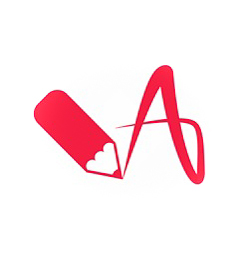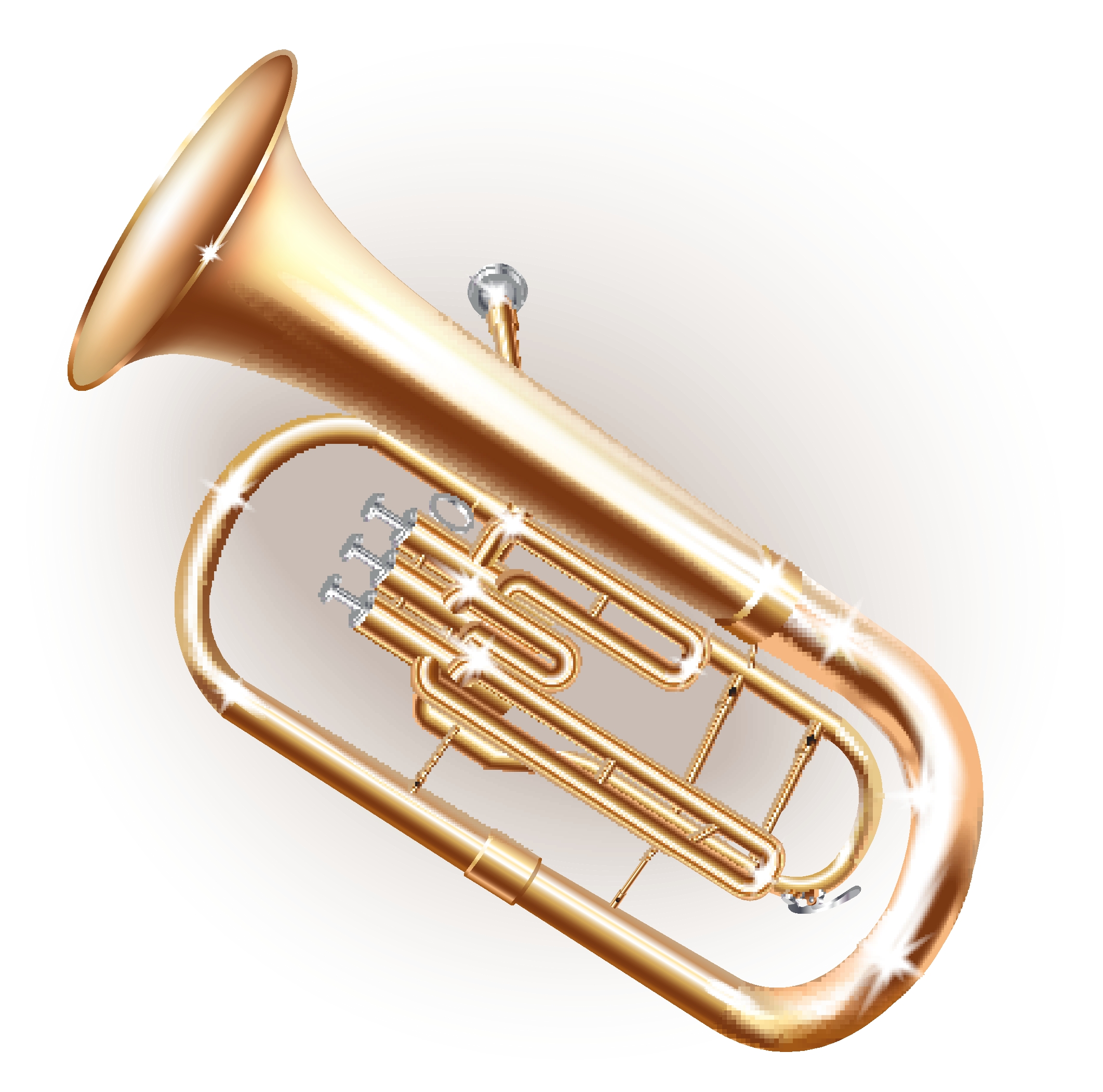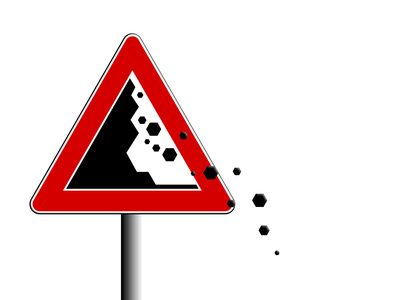Open access and internationalization are the focus of Part 3 of my series on the Norwegian “payment for publication” scheme.

3 simple distinctions your government should eliminate from its research financing system
The Norwegian “payment for publication” scheme treats journals and anthologies differently and does not acknowledge the value of writing textbooks or editing collections. In Part 2 of this series, I argue for correcting these features of the system.

Do you make these 6 mistakes? A funding scheme that turns professors into typing monkeys
Here in Part 1 of a 3-part series on the Norwegian “payment for publication” policy, I argue that the two-tier quality system should be dropped.
What Science — and the Gonzo Scientist — got wrong: open access will make research better
The “sting” operation published in Science Magazine claims to highlight corruption in the open access model, but it’s actually about problems with peer review — even if Science claims otherwise.
As my university was about to merge with a college in the same region, I began to sense that expectations were being lowered. I wrote this to encourage maintaining ambition.




